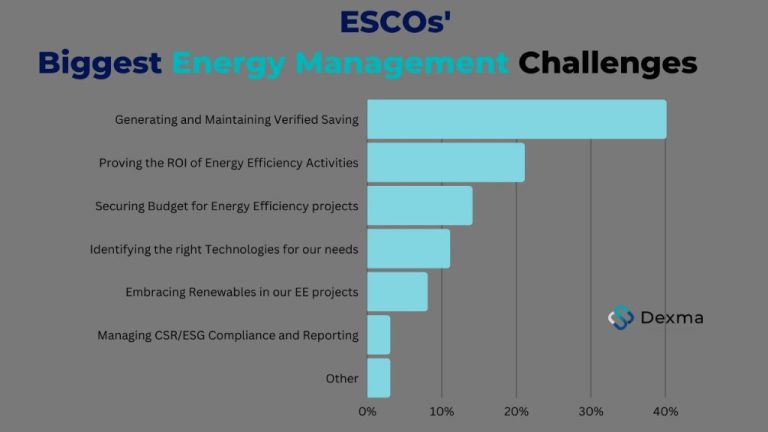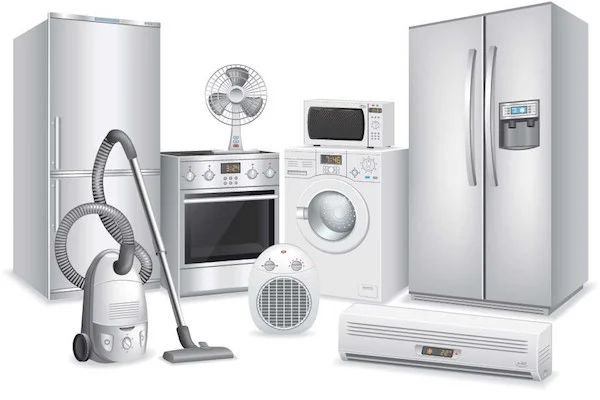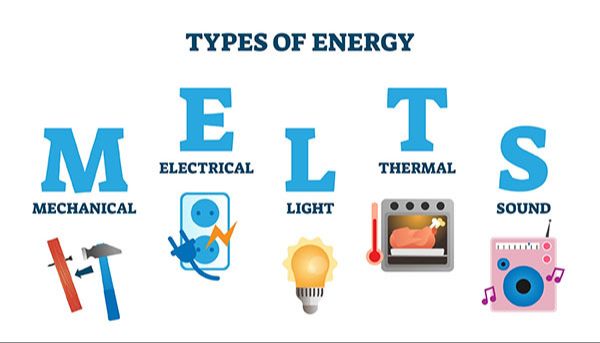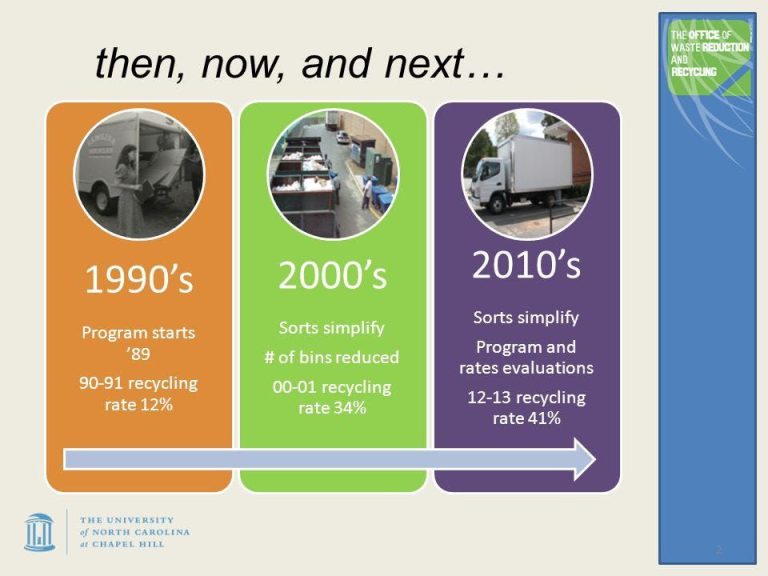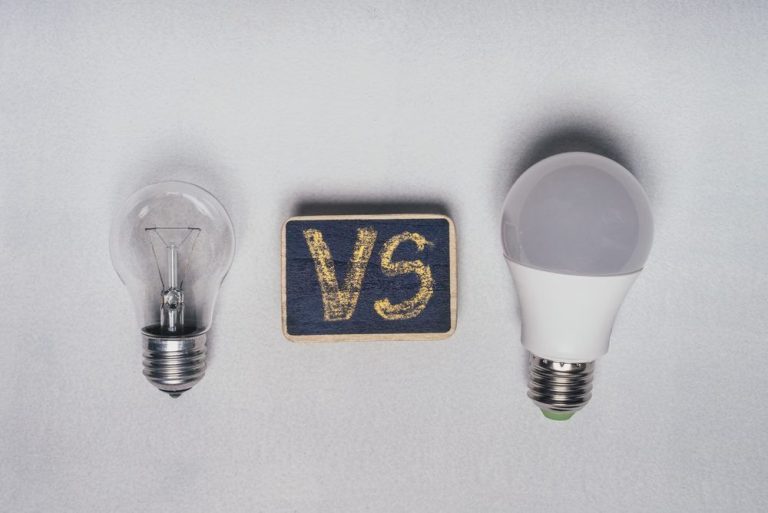What Is The Energy Efficiency Of Solar System?
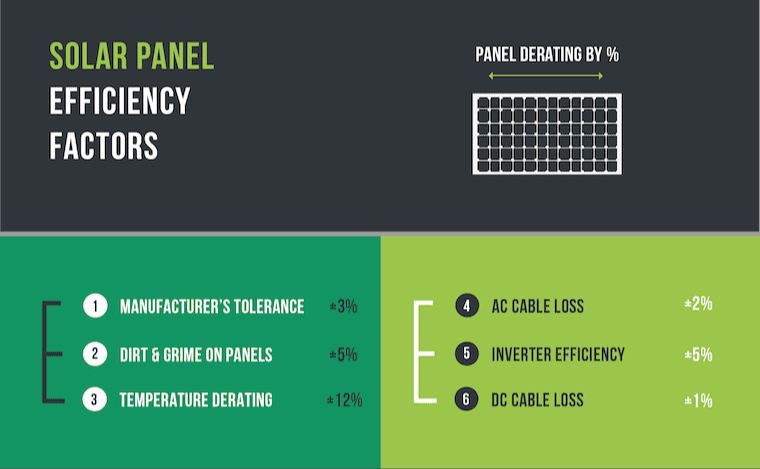
Energy efficiency refers to the amount of useful energy output from a system, relative to the energy input. For solar power systems, it measures how much of the sun’s energy striking the solar panels is converted into usable electricity.
Solar power systems, also known as photovoltaic (PV) systems, convert sunlight into electricity using solar panels. The panels contain photovoltaic cells made of semiconducting materials that produce an electric current when exposed to sunlight. This direct current (DC) electricity is then converted to alternating current (AC) for powering homes, businesses, and the electric grid.
Energy efficiency is an important consideration for solar power. More efficient solar panels will convert a greater percentage of sunlight into usable energy. This maximizes the energy yield from a PV system for a given amount of installed solar capacity. Improving efficiency reduces the number of panels needed, lowering system costs. It also enhances the environmental profile of solar energy.
How Solar Panel Efficiency is Measured
Solar panel efficiency refers to the percentage of sunlight energy that is converted into electricity by the solar panel. It is important to distinguish between solar cell efficiency and solar panel efficiency:
Solar cell efficiency refers to the efficiency of the individual solar cells used in a solar panel. Solar cells are typically made from materials like monocrystalline silicon, polycrystalline silicon, or thin-film semiconductors. The efficiency of solar cells is measured under controlled laboratory conditions. Record solar cell efficiencies in labs are over 20%, but commercial solar cells typically range from 15-22% efficient.
Solar panel efficiency refers to the combined efficiency of the solar cells assembled into a complete solar panel product. Solar panel efficiency ratings are lower than solar cell efficiency because solar panels have gaps between cells and additional electrical components that create losses. Typical commercial solar panel efficiencies range from 15-18%.
To measure solar panel efficiency, manufacturers test panels under Standard Test Conditions (STC). STC specifies an irradiance of 1000 W/m2, panel temperature of 25°C, and air mass of 1.5. Under STC, a solar panel’s output power in Watts is measured and divided by the panel’s surface area in m2. This determines the panel’s rated wattage per m2, also known as the power density. The power density is divided by the 1000 W/m2 irradiance level to calculate the panel’s efficiency percentage 1.
Factors like cell temperature and light intensity that vary real-world conditions impact the efficiency measurement. Solar panels produce less energy at higher temperatures. And efficiency declines as light intensity drops. So real-world solar panel efficiency is lower than STC ratings.
Typical Efficiency of Solar Panels
The two main types of solar panels have different typical efficiency ranges:
Crystalline Silicon Panels
Crystalline silicon panels, made from silicon wafers, are the most common type of solar panel. They typically have an efficiency range of 15-20% for commercial panels, though lab testing has achieved over 25% efficiency [1]. The highest lab efficiency reached for a crystalline silicon solar cell is 27.6% as of 2022 [2].
Thin Film Panels
Thin film solar panels are made by depositing photovoltaic material onto substrates like glass or plastic. They tend to have a lower efficiency compared to crystalline silicon, usually ranging from 7-16%. However, advancements are being made to improve thin film efficiency. The current lab record is 23.35% for a perovskite/silicon tandem solar cell [3].
Other Emerging Technologies
Some other emerging solar technologies that aim for higher efficiency include multi-junction cells, concentrator photovoltaics (CPV), and nanotechnologies. The lab efficiency record is 47.1% for a multi-junction solar cell [3]. However, these new technologies currently have limited commercial availability.
Factors That Impact Solar Panel Efficiency
There are several key factors that can impact the efficiency of a solar PV system:
Temperature
Solar panel efficiency is dependent on temperature. As temperature increases, solar panel efficiency decreases. Most solar panels are rated at 25°C, but on a hot day, panel temperature can exceed 45°C or more. This temperature increase can reduce panel output by 15-25% [1]. Using panels with lower temperature coefficients and proper ventilation/cooling can help minimize temperature impacts.
Shading and Soiling
Shading from trees, buildings, or other objects can significantly reduce solar output. Even a small amount of shading across a solar array can bring down system production. Similarly, buildup of dirt, dust, pollen, etc can block sunlight. Keeping panels clean and shade-free is key to maintaining peak performance. Panels should be inspected and cleaned regularly.
Module Mismatch
Small differences between solar panels connected in an array can create mismatches, where the best performing panels are dragged down by the worst performing. Using panels with tight electrical tolerances and from the same production run helps minimize mismatch. Microinverters can also counteract mismatch effects.
Inverter Efficiency
The inverter converts DC electricity from the solar array into usable AC power. Low inverter efficiency can reduce the overall system performance. Quality inverters rated for the proper system size and environmental conditions should be used to maximize efficiency.
Improving Energy Yield for Solar Systems
The energy yield of a solar system is directly related to the panels’ orientation and ability to capture the optimal amount of sunlight. There are several factors that affect the energy yield and efficiency of a solar system:
Panel orientation is critical for maximizing energy production. Solar panels should face true south in the northern hemisphere or true north in the southern hemisphere to receive the most direct sunlight. Panels should also be tilted at an angle equal to the latitude of the installation location to optimize annual energy production. This orientation maximizes the amount of sunlight that strikes the panels throughout the year.[1]
Using a tracking system that follows the sun’s path can increase energy yield by 25-45% compared to a fixed system. Single and dual-axis tracking systems automatically tilt and rotate panels to maintain the optimal orientation as the sun moves across the sky. This ensures the panels are directly facing the sun’s rays at all times.[2]
Careful system design and panel configuration can also maximize efficiency. Using string inverters with panels grouped by orientation ensures matched electrical output. Arranging panels to minimize shading, using high quality components, and proper maintenance are other ways to optimize system performance.
Impact of Efficiency on System Performance
The efficiency of solar panels has a direct impact on the energy yield and overall performance of a solar system. Higher efficiency solar panels are able to convert more sunlight into electricity with the same surface area. This means that for a given system size measured in kilowatts (kW), higher efficiency panels will produce more kilowatt-hours (kWh) of electricity over the course of a year.
For example, SunPower panels with 22% efficiency may produce up to 50% more energy in a year than standard panels with 15% efficiency for the same system size. This increased energy production results in a higher capacity factor and lower levelized cost of electricity over the system lifetime (Source: https://www.energysage.com/solar/solar-efficiency/what-is-the-power-conversion-efficiency-of-solar-panels/). The tradeoff with higher efficiency panels is their higher upfront cost per watt, so installers must balance efficiency, production, and system costs based on each client’s needs and goals.
In summary, higher solar panel efficiency directly translates into increased energy yield over time, lowering the lifetime cost of solar electricity. This makes efficiency an important consideration for optimizing system performance and return on investment.
Balancing Efficiency and Other Factors
While higher efficiency solar panels can produce more power, they often come at a higher cost. Solar installers and homeowners need to find the right balance between efficiency and cost when designing a system.
Standard silicon solar panels today typically have 15-20% efficiency. High-efficiency panels using different materials like gallium arsenide can achieve over 30% efficiency, but are much more expensive. Perovskite solar cells are an emerging technology that may offer both high efficiency and low costs, with lab demonstrations already reaching over 25% efficiency [1].
When evaluating a solar system, it’s important to look at the overall system size, efficiency, and estimated production – not just panel efficiency alone. A lower efficiency panel that is cheaper may allow installing a larger system for the same price, ultimately resulting in more energy production.
Estimating System Performance
There are a few ways to estimate the energy yield and performance of a solar PV system before it is installed. These estimations help determine system size and ROI.
One method is to use free online tools like the PVWatts Calculator from NREL. By entering information like location, system size, and panel tilt, PVWatts estimates monthly and annual production in kWh. It also factors in solar irradiance and temperature effects.
More advanced software tools like PVsyst can model shading losses, inverter efficiency, and other variables for increased accuracy. PVsyst utilizes detailed 3D modeling and weather data to simulate real-world conditions.
Actual performance metrics can be compared to initial estimates after the system is operational. Monitoring production data over time helps account for variables like weather and maintenance needs when evaluating overall energy yield.
Accurately estimating solar production is key for proper system sizing and managing owner expectations. While estimations help guide initial plans, collecting actual performance data is essential to optimize ongoing operations.
Maintaining Solar System Efficiency
To maximize the efficiency and longevity of a solar system, proper maintenance is crucial.
Regular cleaning of solar panels is one of the most important maintenance tasks. Dust, dirt, pollen, and bird droppings can accumulate on solar panels over time, blocking sunlight and reducing energy production. Panels should be visually inspected periodically and cleaned as needed, using water and a soft brush or sponge. Cleaning should increase energy yield by removing debris from the panel surface. According to one source, cleaning solar panels can improve efficiency by up to 15% (Source).
Beyond cleaning, it’s important to monitor overall solar system performance to catch any efficiency issues early. Most solar installations include monitoring hardware and software to track energy generation from the system. Monitoring can help identify any panels or components that may be underperforming due to dust buildup, damage, or natural efficiency loss over time. Underperforming aspects of the system can then be addressed to maintain peak efficiency.
Over time, components like inverters and wiring may need to be replaced to maintain system performance. Inverters, which convert the DC power from solar panels to usable AC power, typically need replacement every 10-15 years. Swapping out an old inverter for a new, more efficient model can provide a noticeable boost in system output. Wiring and connectors exposed to outdoor elements are also subject to degradation and may need periodic replacement.
By properly maintaining, monitoring, and upgrading solar PV systems over their lifespan, owners can maximize long-term energy production and return on investment.
Conclusion
In summary, the efficiency of a solar system relies on many different factors. The energy efficiency of the solar panels themselves is a key component, with most panels ranging from 15-22% efficiency currently. However, many other elements impact overall system performance, including inverter efficiency, proper installation and orientation, effective system design and layout, and ongoing maintenance.
While panel efficiency continues to gradually increase, it’s important to remember that maximum efficiency does not always equate to the optimal system. Finding the right balance between efficiency, durability, cost, and energy production based on your specific needs is crucial. Proper system design, quality equipment selection, and regular maintenance will go a long way towards maximizing energy yield and return on investment.
The long-term performance and value of a solar system depends heavily on initial design considerations and ongoing care. Partnering with an experienced solar contractor to tailor the system design and equipment to your unique situation is highly recommended. With thoughtful planning and diligent maintenance, your solar panels can provide clean, renewable energy at high efficiencies for decades.

